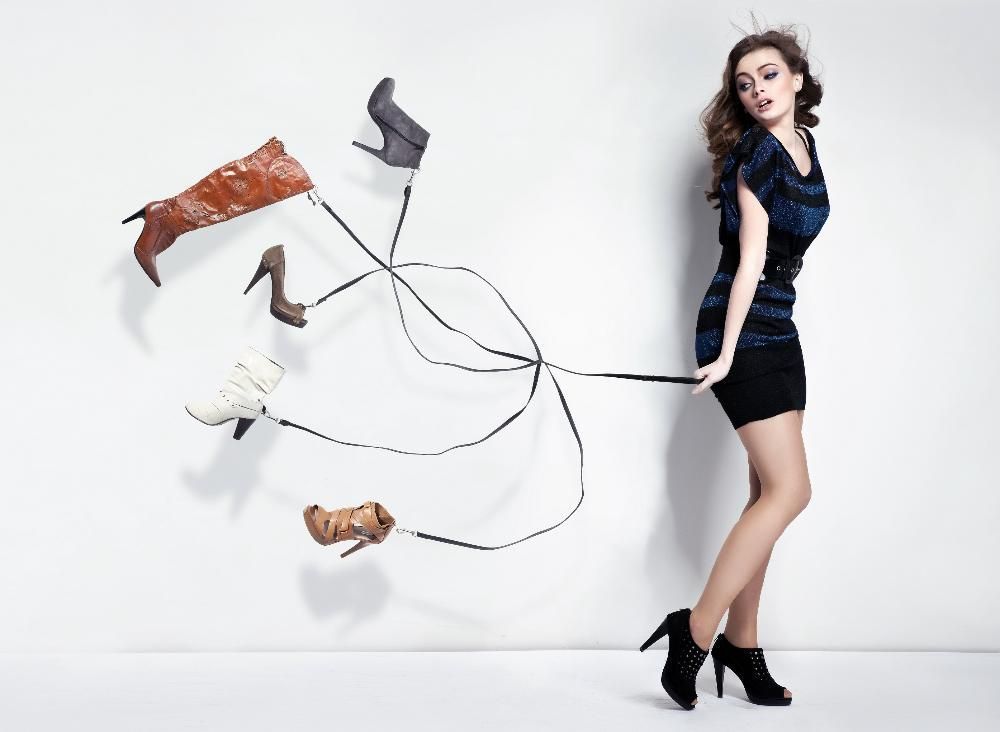
Classification of shoes. Rules for constructing a commodity classifier

The most important question that concerns owners of shoe retail stores today is how to increase sales. If five years ago, one buyer purchased, on average, four pairs of shoes a year, today consumption, according to statistics, is only 1,8 pairs. However, according to forecasts by DISCOVERY Research Group, by 2023, consumption will increase to 2,9 pairs per year. Fashion has also changed, heels are almost a thing of the past, sports shoes are in demand, comfortable and wear. But you can’t only sell sneakers and ugg boots, especially since these very models are available in all stores in the country! What to do and how to understand what to buy in order to build up from competitors and attract buyers?
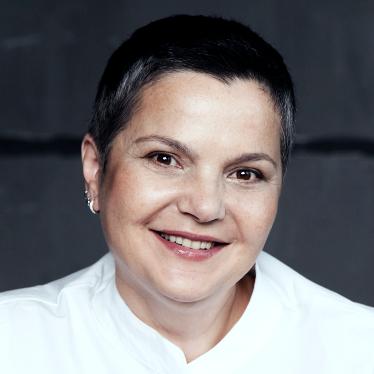 Natalia Chinenova -
Natalia Chinenova - @fcgmedia
To answer these questions, you need to use sales analytics. The fact is that each specific retail store has its own target audience, which consists of loyal customers who are ready to come to this particular store, and of customers living within walking distance within a radius of no more than 1,5 km from the point of sale. That is why even a single brand in each store can and should have a different assortment of goods, depending on the preferences of the target audience of each particular trading company. For example, buyers of a store located in a rich residential area will radically differ from buyers of an enterprise located in the historical center of the city on a pedestrian street, or from buyers of a point of sale located in an area of increased concentration of students and universities. Understanding why customers vote in rubles, which groups of products, names and models are in demand is important not only for the purchase of goods, but also for the correct distribution of models between stores.
The basis of analytics is a competently and correctly formed product directory. The product directory is filled out on the basis of the product classifier:
COMMODITY CLASSIFIER - This is a document that represents a systematic set of names and groups of classification objects from the point of view of buyers. Product classification involves the division of all products into levels: classes, product groups and product subgroups. At the same time, goods at each level are combined into a category or class, group or position according to common signs or properties.
COMMODITY GUIDE - This is a required attribute of any accounting program (ERP-system). The product directory is filled out on the basis of the product classifier and is a linear display of the tree structure of the classifier.
Thus, the product classifier allows you to correctly manage the assortment and analyze customer preferences. The principles for the formation of a commodity classifier are the same for all companies. Nevertheless, a product classifier is developed for each trading company individually, based on the general idea and positioning of the store, the target audience and the chosen strategy.
The product classifier is built sequentially, in accordance with the logic of the product description and graphically in the form of a block diagram. The basic principle of formation of a commodity classifier is a tree of consumer decisions. This is a hierarchy of criteria according to which the buyer chooses and makes a decision on the purchase of goods. In accordance with international practice and the recommendations of Russian experts in the fashion industry, based on studies of customer behavior, the product classifier for both single-brand and multi-brand clothing stores, shoes is constructed as follows:
- the price segment of the store or brand is determined;
- products are divided into categories;
- categories are assigned attributes accepted in the fashion industry;
- according to their characteristics, goods are divided into groups;
- within groups, products are combined into subgroups;
- a detailed description of each subgroup is created from the names of product models;
- Each name is assigned characteristics-properties.
Sales analytics, in turn, also begins with large blocks: groups of products and their characteristics, and then, if necessary, a more detailed analysis of the properties of specific models is carried out. Just in order to get correct reports, it is important to understand what exactly we are analyzing and how. This is where the main problems begin. Are sneakers a name or a group of products? Can sneakers be low shoes, ankle boots or shoes? What about Snickers? What's this? In which column of the product directory should this name be entered? Let's look at the names and classification of shoes.
The structure of the human foot and shoe business terms
There are only nine product groups in the shoe business:
1. SLIPPERS – lightweight all-season shoes, intended for use at home (your own apartment, house), with or without thin soles. In accordance with the recommendations of orthopedists, indoor shoes have a short lifespan and must be replaced every six months.
2. BEACH SHOES – lightweight summer waterproof and non-slip shoes designed for walking on water, stones, sand, and grass.
3. SANDALS - light summer shoes, consisting of the toe and heel on the straps and without heels.
4. SANDALS - lightweight summer shoes, consisting of the toe and heel, on the straps, with or without heels.
5. SHOES - shoes that partially cover the back of the foot, consisting of the fore and heel, with or without heels.
6. SHOES - a type of shoe without a heel that partially or completely covers the back of the foot, usually with laces, elastic bands or other fastening, reaching to the ankle, but not covering it.
7. BOOTS - a type of shoe covering the ankle and ankle joint 2-10 cm above the ankle, usually without a heel.
8. BOOTS - a type of shoe that occupies an intermediate position between shoes and ankle boots, fits the ankle, but does not cover the calves, with or without heels.
9. BOOTS - shoes covering the leg from a third of the lower leg and higher, with the obligatory presence of a part covering the lower leg or its part, but not less than half, with or without heels.
In each of the product groups there is an infinite number of subgroups - shoe models. A model (an author’s construct based on basic styles) is the development of specific details of the top of the product based on the style, including:
- quantity, configuration and arrangement of parts;
- features of the material of the upper, sole and lining;
- the presence and nature of fittings or decorations and other additional characteristics added to the basic style.
Each model has its own design (pattern), made on the basis of the basic pattern (basis) of the style.
FEATURES of goods are the features of a GROUP OF MODELS (that is, one of nine groups), for example: length of the life cycle, functional purpose, type of material, heel height, etc.
PROPERTIES of goods – features of a SPECIFIC MODEL, for example: size, color, heel shape, etc.
Let's look at the shoe groups in more detail.
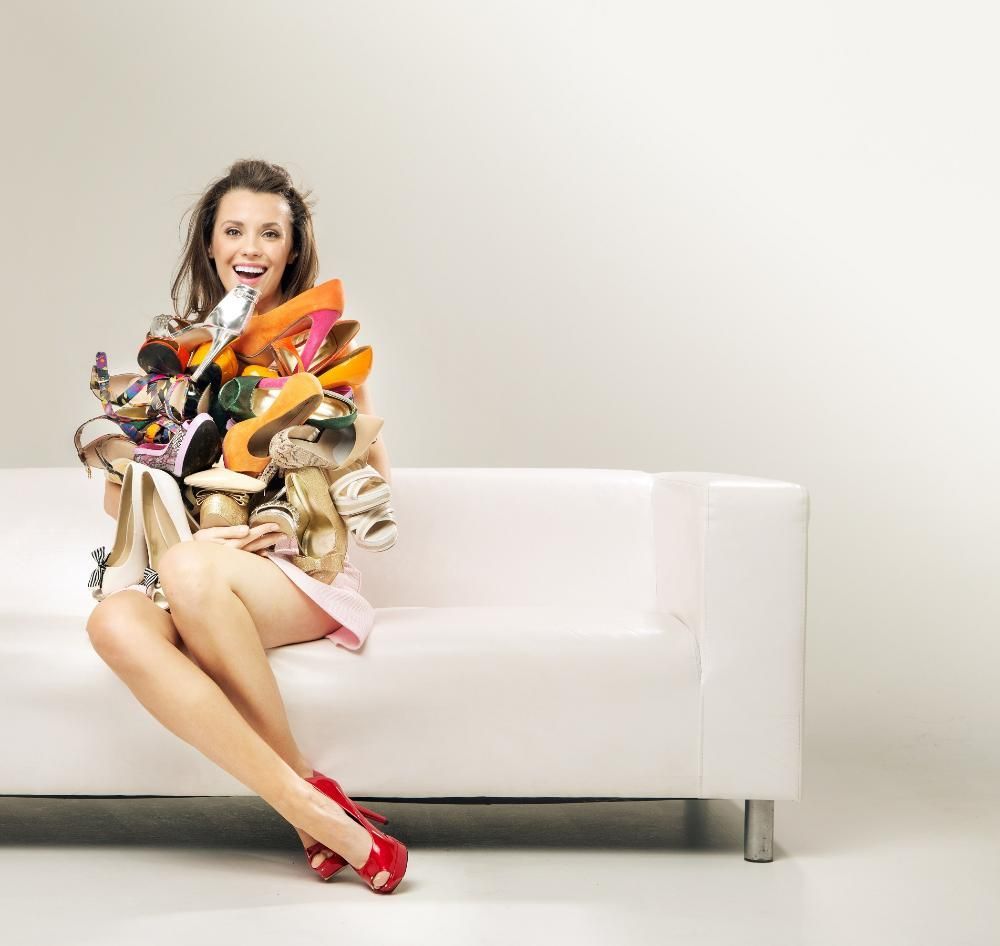
SLIPPERS:
1. Slippers - a type of home shoe that slides easily on the foot and does not require fastening elements. Distinctive features: consist of a dense sole and a fabric part that covers the upper part of the foot. There are models with open and closed toes, but always without a back. Upper material – any woven and non-woven soft materials, including leather. The name comes from the characteristic “slap-slap” sound that slippers make when walking.
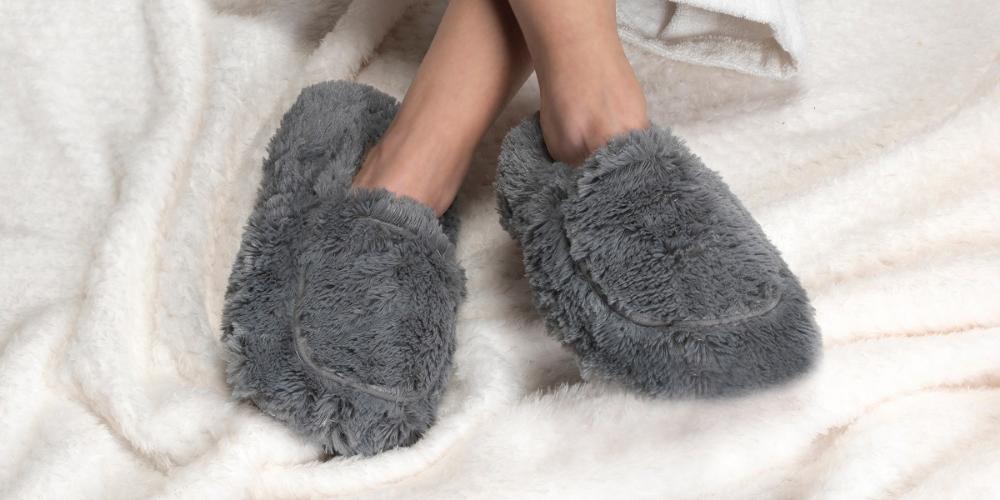
2. ROOM SHOES (flip-flops with a back) – a type of flip-flop with a back. Distinctive features: the models have a closed toe and a fully or partially closed heel. The upper material is fabric.
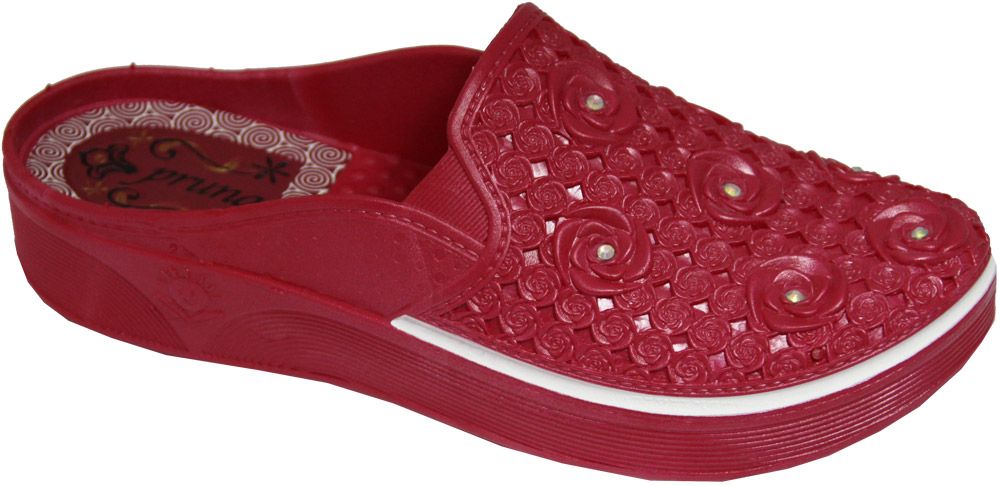
3. CHUNI (indoor boots) - slippers that look like boots. Distinctive features: have a soft woven, leather or plastic soaking outsole. Top material - light, breathable materials, wool, felt, artificial and synthetic fabrics. Chuni - the ancient name for closed peasant footwear made of hemp rope.
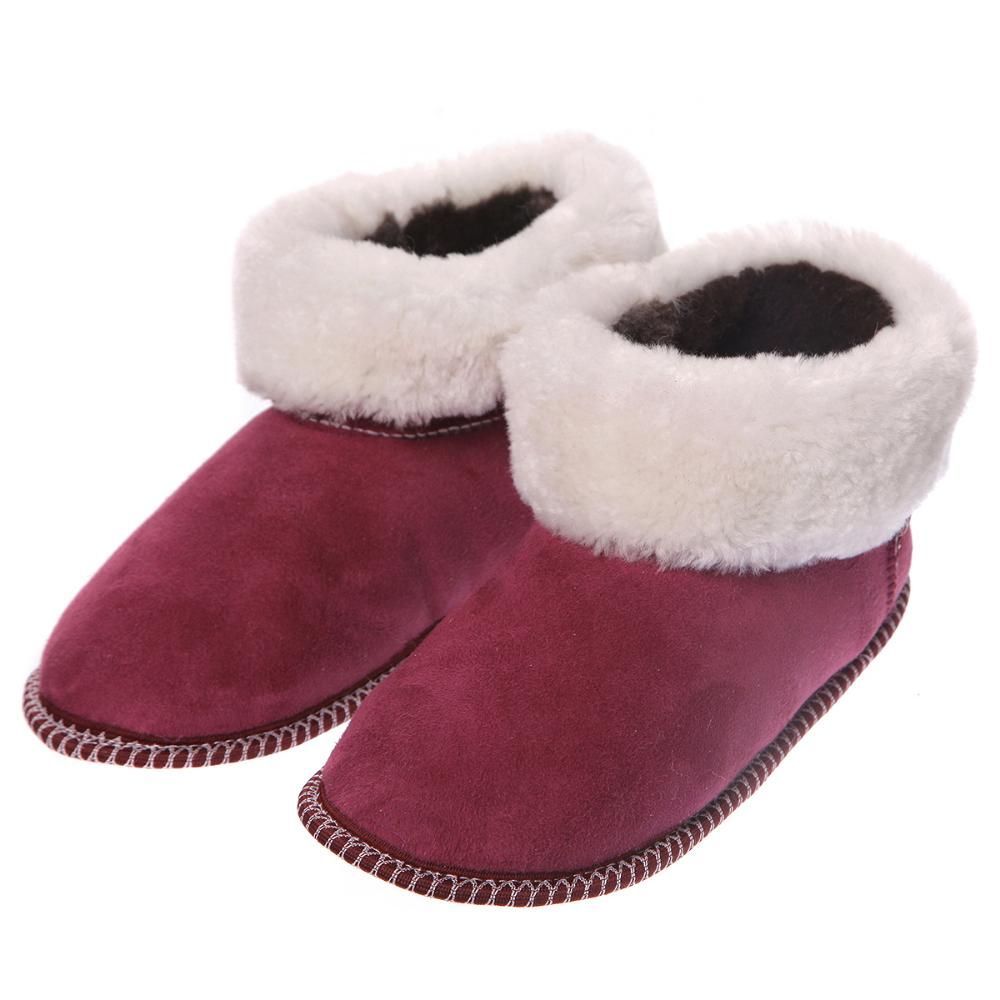
4. KIGURUMI - slippers in the form of various animals, soft toys, felt machines and heroes of fairy tales. Distinctive features: have a realistic look. Upper material - artificial and synthetic fabrics. Kigurumi translated from Japanese means "carry a stuffed toy."
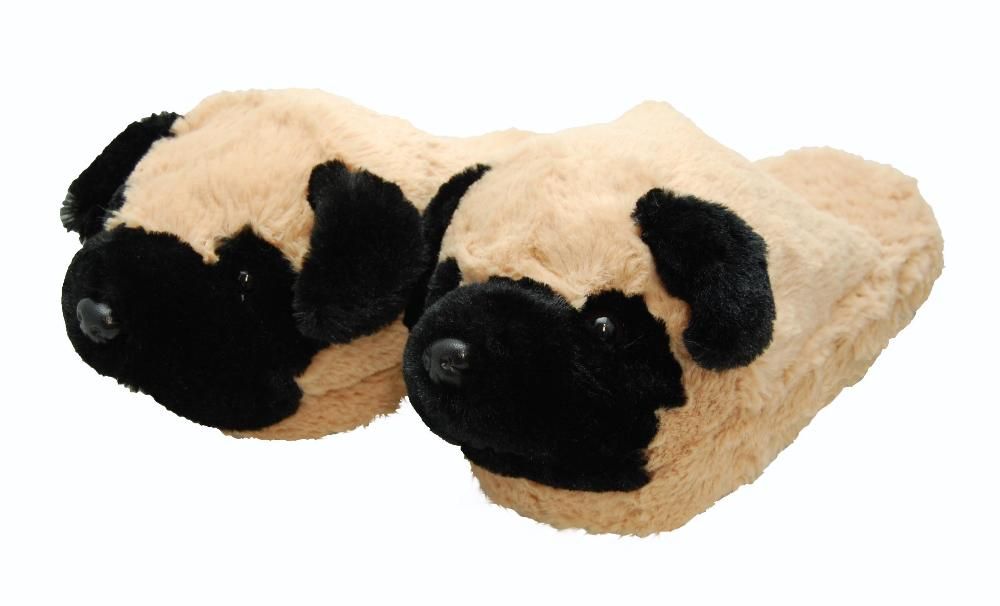
5. BOOTS (slippers-socks) - by design, these are socks made of dense yarn, to which the sole is sewn. Distinctive features: the sole is made of thin leather, suede or a thick knitted thread with silicone. The top material is yarn. This model of shoes was first proposed by the famous French shoe maker Pine. Hence the name “booties”, preserved to this day. Products in Pine’s workshop were sewn from huskies, suede, and milking (the leather of calves dipped in milk).
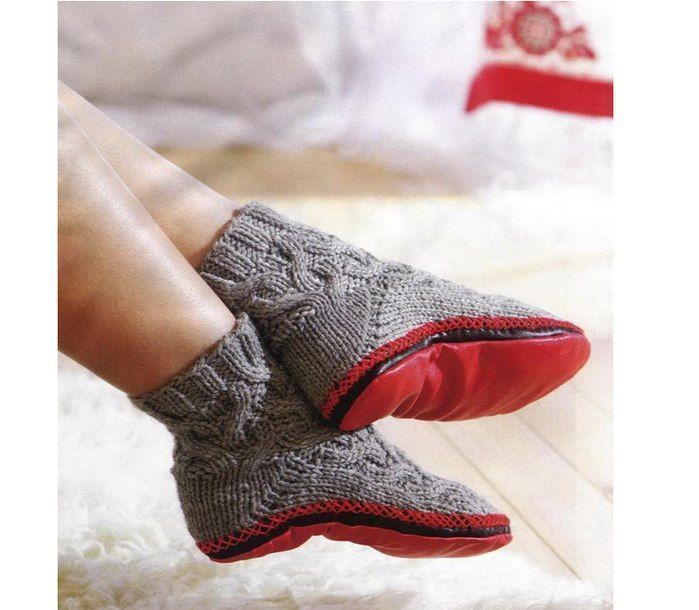
BEACH SHOES
1. CROCS - shoes made of soft and light rubber Croslite. Distinctive features: orthopedic sole, ventilation holes, rounded nose shape, heel fixation strap. Top material - Croslite material. The name of the shoe comes from the Crocs company of the same name - a word derived from “crocodile”, because the shoe looks like a crocodile’s head.
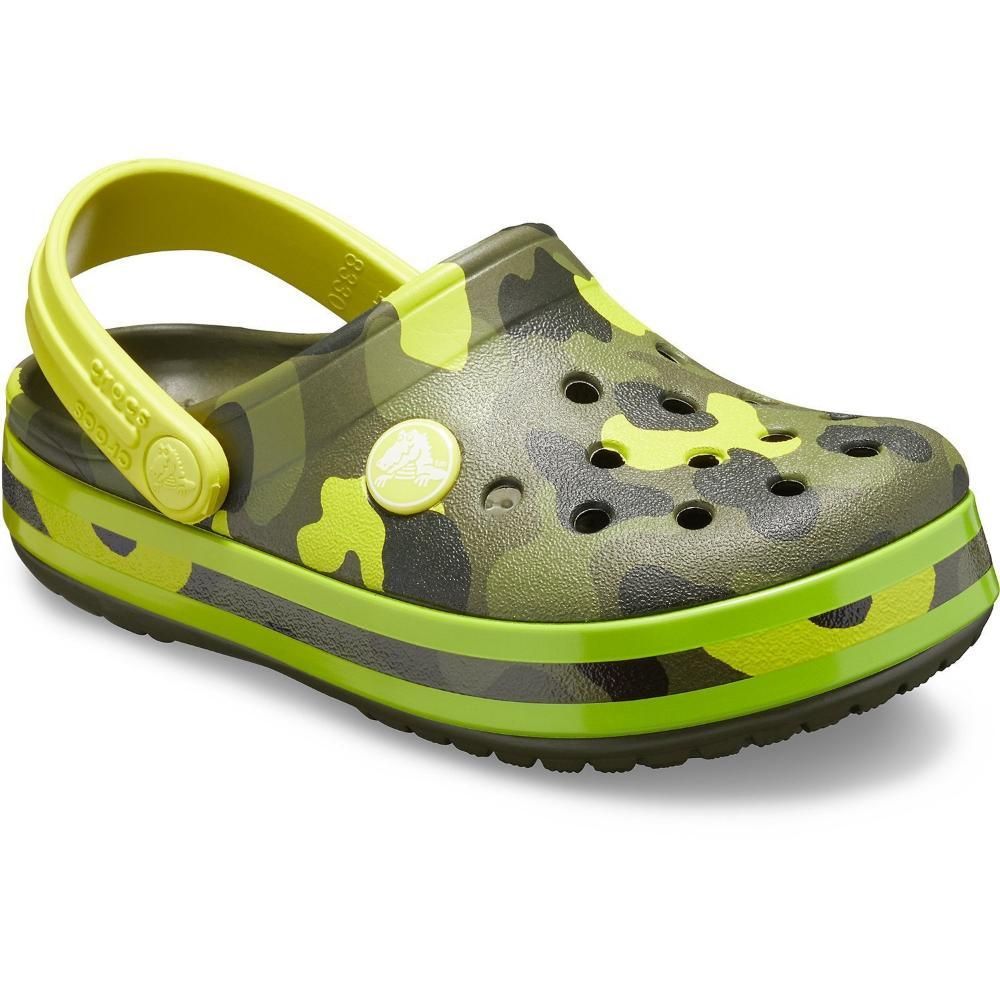
2. SHALES – shoes made of artificial materials, most often plastic. Distinctive features: flat non-slip sole and wide toe bar. Upper material: plastic or rubber. The shoes got their name from the place of production. In the USSR, such shoes were produced at a factory in the city of Slantsy. In Europe and America, slates are called sliders - (from the English slide - sliding), where such shoes received a name by analogy with the movement with which we put on flip-flops: we “slide” with our feet without making any effort. Sliders were popular in the 90s as beach and pool shoes. With the return of nineties fashion, flip-flops appeared in the collections of Puma, Rihanna, and in the wardrobes of models and stars. The new generation of sliders has already broken all the rules: they were made winter-friendly, adding fur; turned into an evening model by adding rhinestones; They started wearing them with sweatpants, socks and even silk dresses.
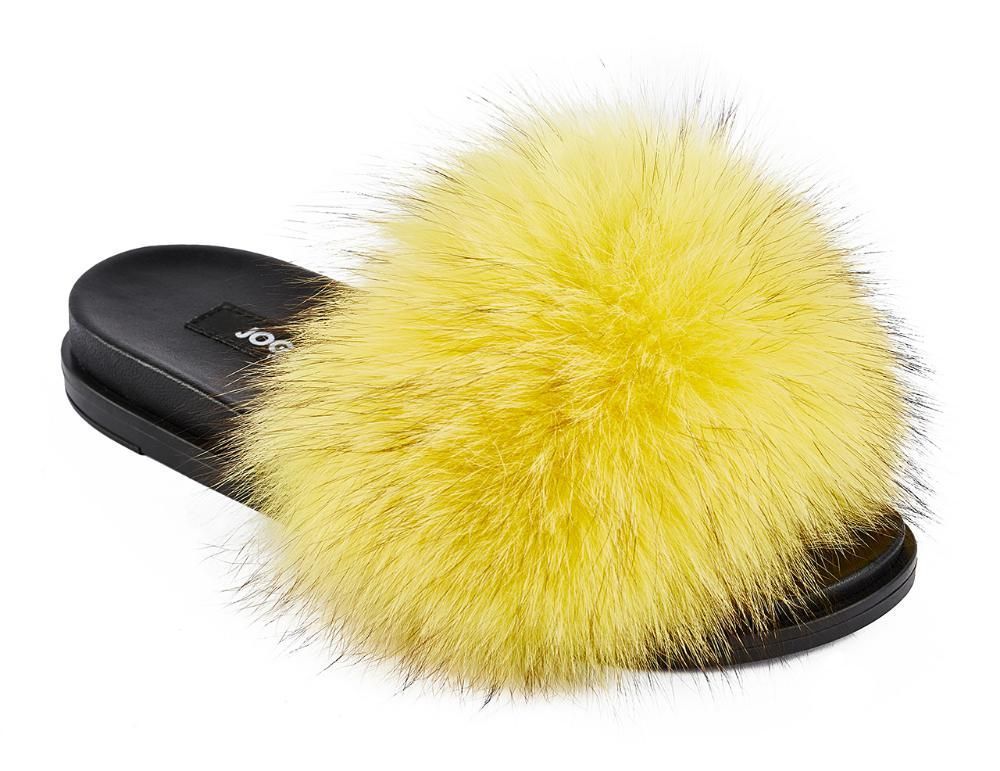
3. VIETNAMS- slippers, consisting of a rubber sole and two straps, fixed on the foot between the thumb and forefinger. Distinctive features: rubber sole, two membranes. Top material - rubber, textile, leather. In the USSR, at first they were imported from Vietnam, hence the name came from. In English-speaking countries, such shoes are called flip flops (flip flops), in Japan - Dzori (zōri), in Poland - Japanese (japonki).
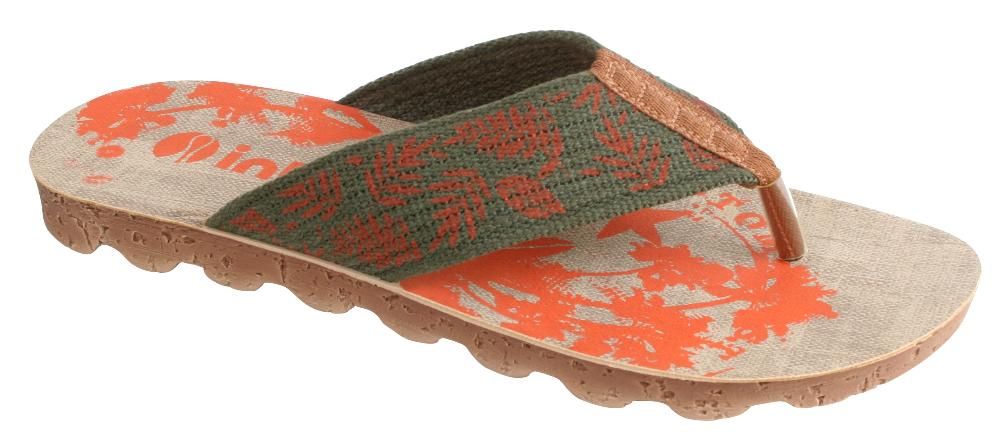
4. JAVIANAS - rubber flip-flops. Distinctive features: bright images on the soles. Upper material: rubber. The name Havaianas comes from the feminine form of the Portuguese word for Hawaiians, and the pattern on the soles of the sandals is designed to resemble Zōri straw soles.
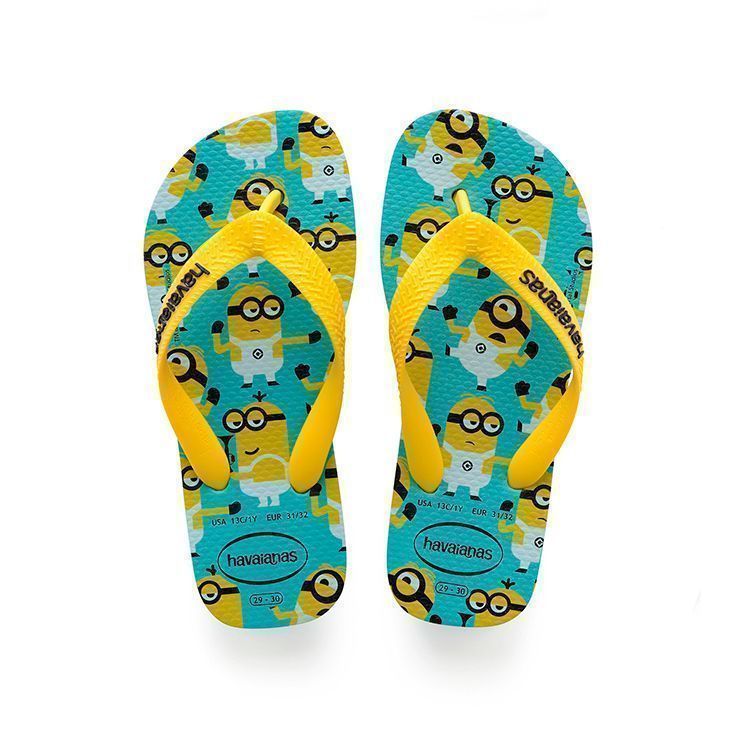
5. SOAP BOXES (Soviet slang, jelly shoes in the west) - beach shoes, sandals made of molded plastic in bright colors. Distinctive features - a fully rubber case. Top material - rubber or plastic. In the Soviet Union, plastic shoes were aptly nicknamed “soap dishes” because of their resemblance.
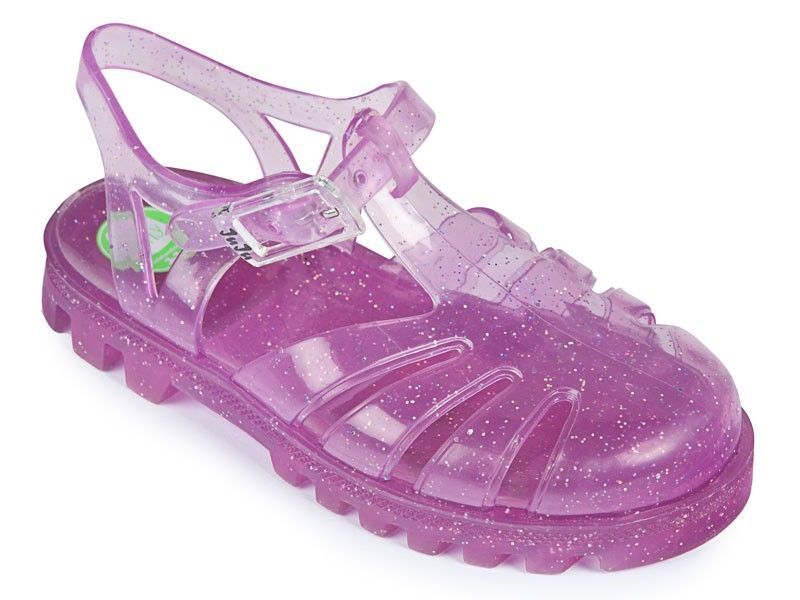
SANDALS
1. SANDALS – light summer shoes, consisting of a toe and heel part with straps. Distinctive features: no heel. Upper material – any. In ancient Greece, this was the name for shoes consisting of a sole and straps.
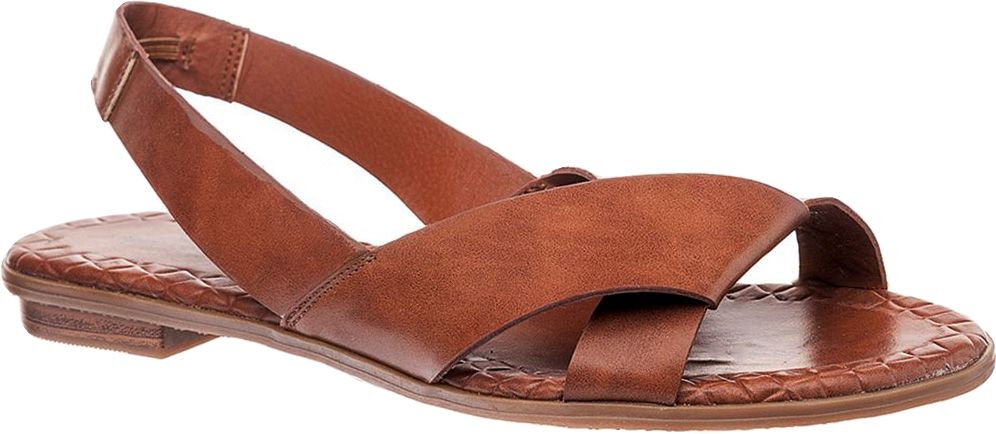
2. GLADIATORS – light summer shoes, consisting of a toe and heel part with straps. Distinctive features: a large number of intertwined straps. Upper material: leather, eco-leather. The name comes from Ancient Rome, where gladiator fighters wore sandals with a lot of straps.
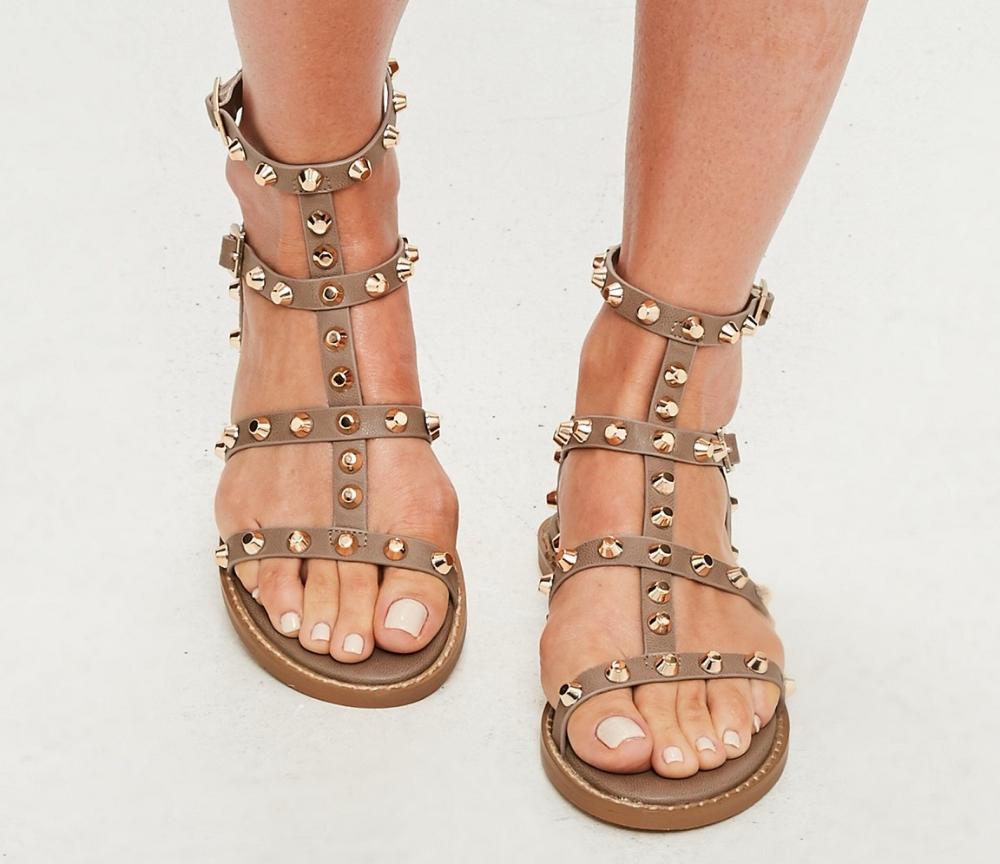
3. ROMANS – light summer shoes, consisting of a toe and heel part with ties. Distinctive features: obligatory presence of ties. Upper material: leather, eco-leather, fabric. Roman women wore similar shoes so that the hot sand would not burn their feet, and the Roman woman would not get tired from the heat and exhaustion.
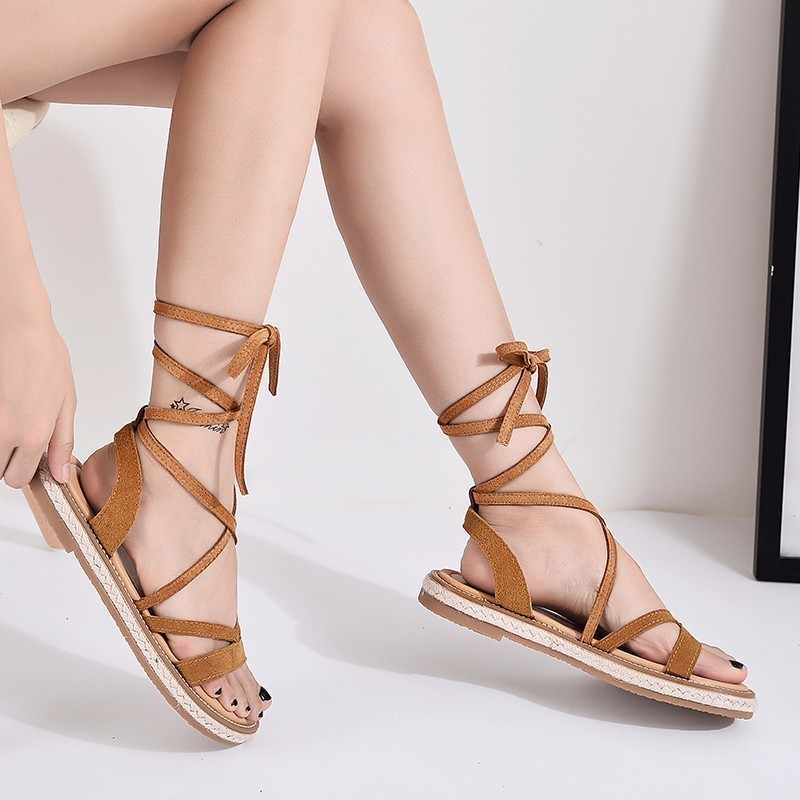
4. SPORTS SANDALS - lightweight summer shoes, consisting of the bow and the heel of the straps. Distinctive features - orthopedic thickened outsole, wide straps, Velcro. Top material - leather, ecoleather, fabric, artificial materials. The name corresponds to the functional purpose of the model - shoes are suitable for hiking and active sports.
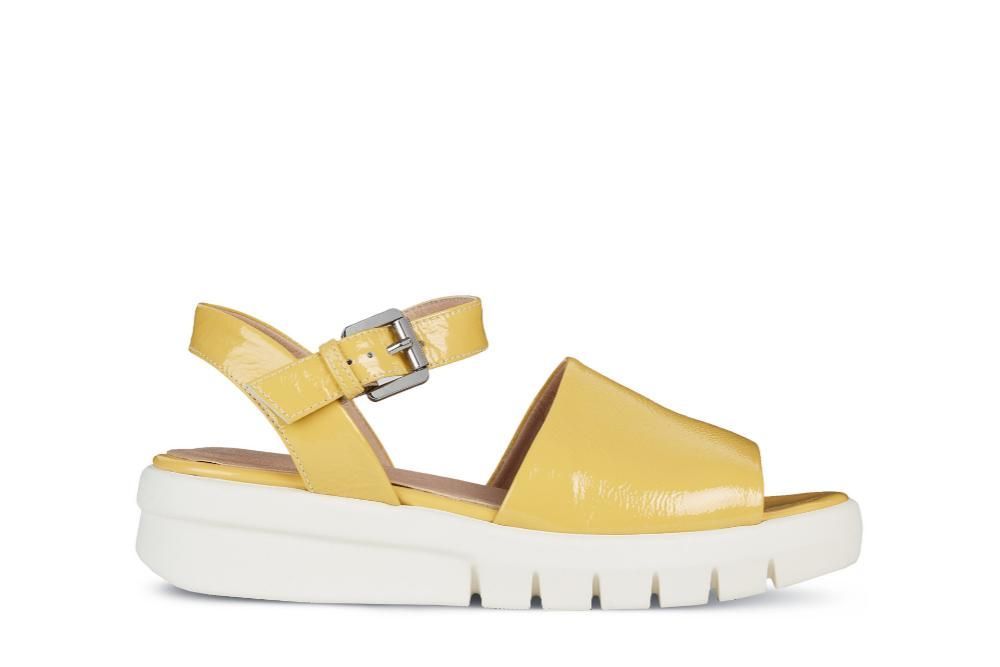
5. BIRKENSTOK - light summer shoes with a wide sole, the presence or absence of a backdrop, open or closed toe, various variations of all kinds of sandals. Distinctive features: orthopedic insole and wide sole. Top material - leather, ecoleather, plastic. Birkenstock - from Birkenstock, a German shoe brand. It was this company that began to produce comfortable slippers with an anatomically correct sole shape. In the 60s of the twentieth century, Karl Birkenstock Jr. developed the flexible material Birkocork, which they began to use for the production of Birkenstock sandals. In the mid-60s, American Margot Fraser was relaxing at a SPA resort in Germany. There she was asked to wear Birkenstock sandals to get rid of chronic pain in her legs. Margo liked the orthopedic shoes so much that, having returned to the USA, she decided to create a company dealing with her import, and in 1966 founded the company Birkenstock Footprint Sandals, Inc. in California. Today, all such shoes began to be called birken stocks.
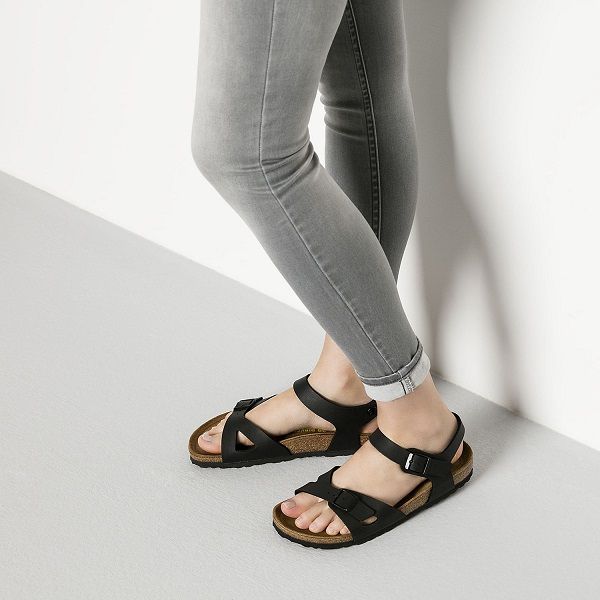
SANDALS
1. SANDALS – light summer shoes that do not completely cover the foot and ankle joint, but are well secured to the leg. Distinctive features: only women's shoes that are worn on bare feet and have a heel, wedge or platform. Upper material – any. The name of the shoe comes from the ability to wear shoes without stockings.
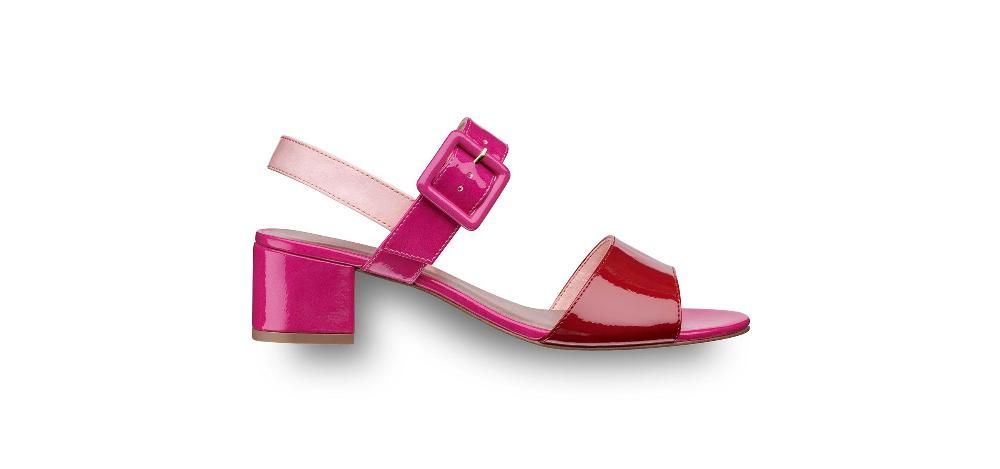
2. SLINBACK - transitional model from shoes to sandals. Heel height and shape of the toe - any. Distinctive features: a closed toe and an open heel with a jumper for attaching. Top material - any. The name comes from the English sling back - elastic at the back. Their popularity began in 1947, when Christian Dior first showed the world a collection of new bow dresses, and continues to this day.
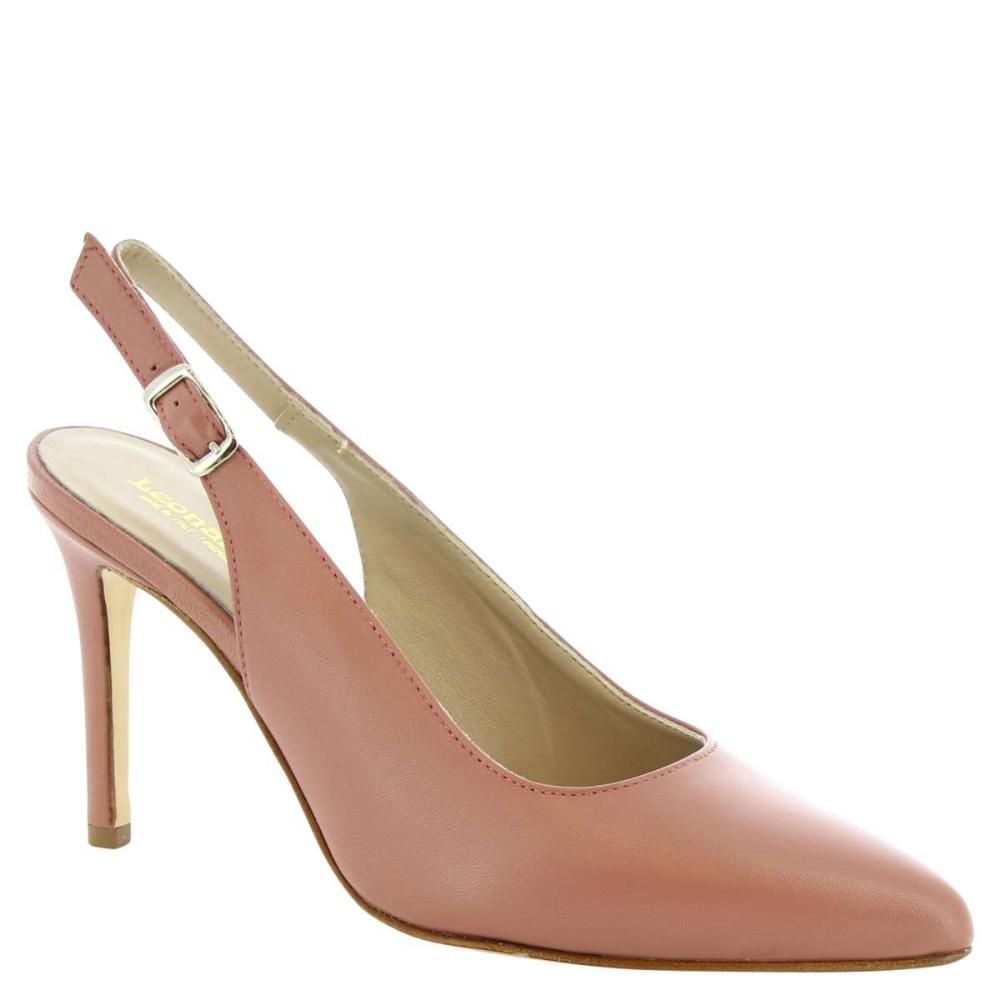
3. PIP TOY - Another transitional model from shoes to sandals. Heel height and shape of the toe - any. Distinctive features: open toe and closed heel. Top material - any. The name comes from the English peep toe - looking finger. A funny and slightly playful name for shoes, which is just designed for frivolous events and a pleasant company. Weddings, parties in the park or on the beach - everything where it is appropriate to boast grace of toes.
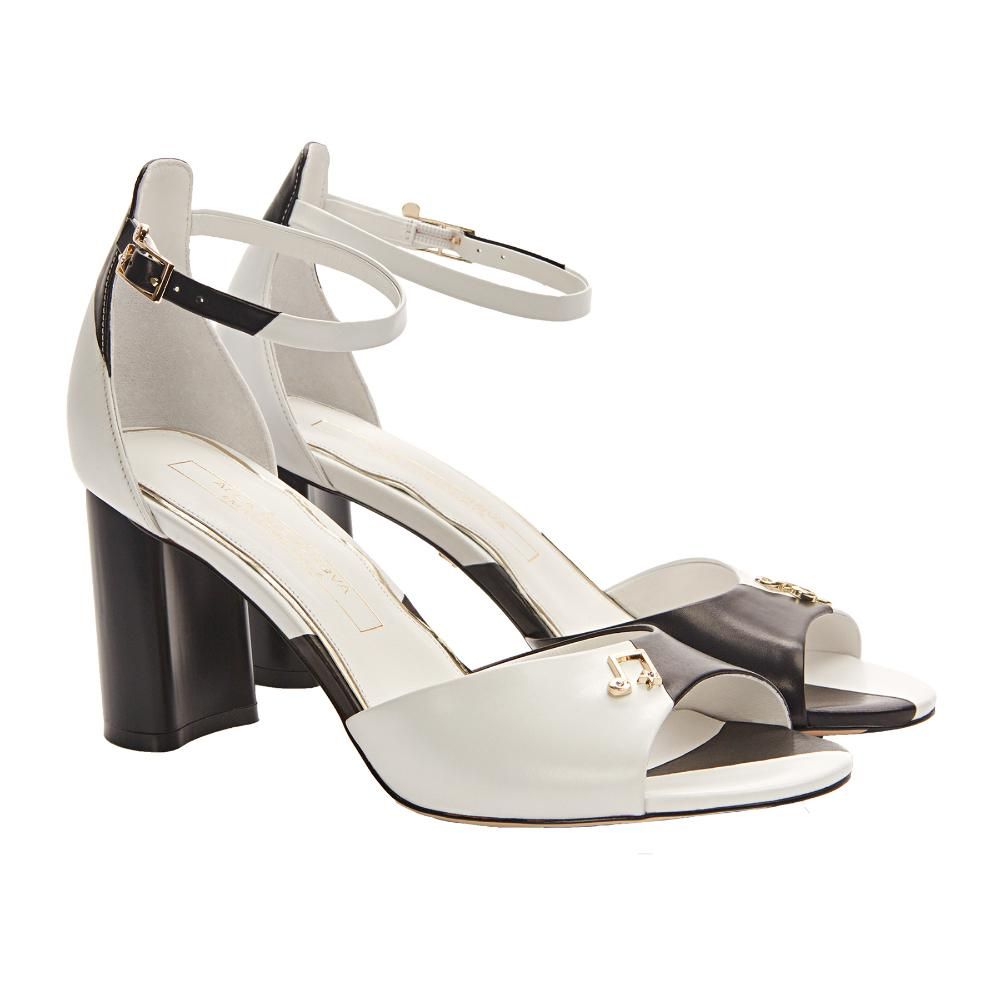
4. DORSEY – sandals with a fairly closed toe and heel. Heel height and toe shape are any. Distinctive features: the arch of the foot is open. Upper material – any. The shoes got their name in honor of Count Alfred Guillaume d'Orsay (1801 – 1852), the founder of fashion in the first half of the XNUMXth century. When the count did his military service, he was categorically not satisfied with the shoes intended for his uniform. He ordered the shoes to be made at his own discretion. They had a pointed nose, sat quite tightly on the legs, and had cutouts on the sides. The newly created style gained terribly popularity among the nobility, after which it forever moved into the girls’ wardrobe.
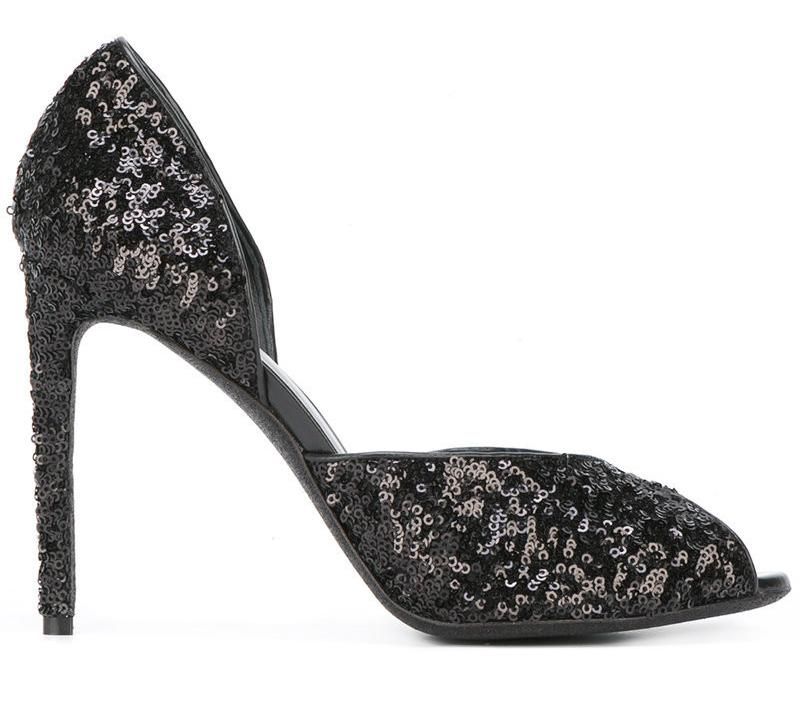
5. SABO (sabo) - shoes with an open heel on a thick sole. Sometimes such models are called clogs. Canonical clogs have a cast platform with a heel and resemble wooden pads. Distinctive features: shoes with a massive sole, one-piece or with a steady heel. The toe of the model can be either open or closed. Top material - genuine leather, suede, textiles. The origin of the name is from the French word sabot - wooden shoes. Once the clogs were made from a single piece of wood and were worn by commoners of Europe - artisans, fishermen, farmers and other working people. In the twentieth century, clogs, or clogs, found a new fashionable life. In the 70s of the last century, these shoes became incredibly popular. At that time everyone was striving for ethnicity, naturalness, nature, and clogs became an indispensable element of the hippie style, and it was then that the first modern models were born. In addition to wooden shoes, there are clogs on cork or even polyurethane, much lighter soles.
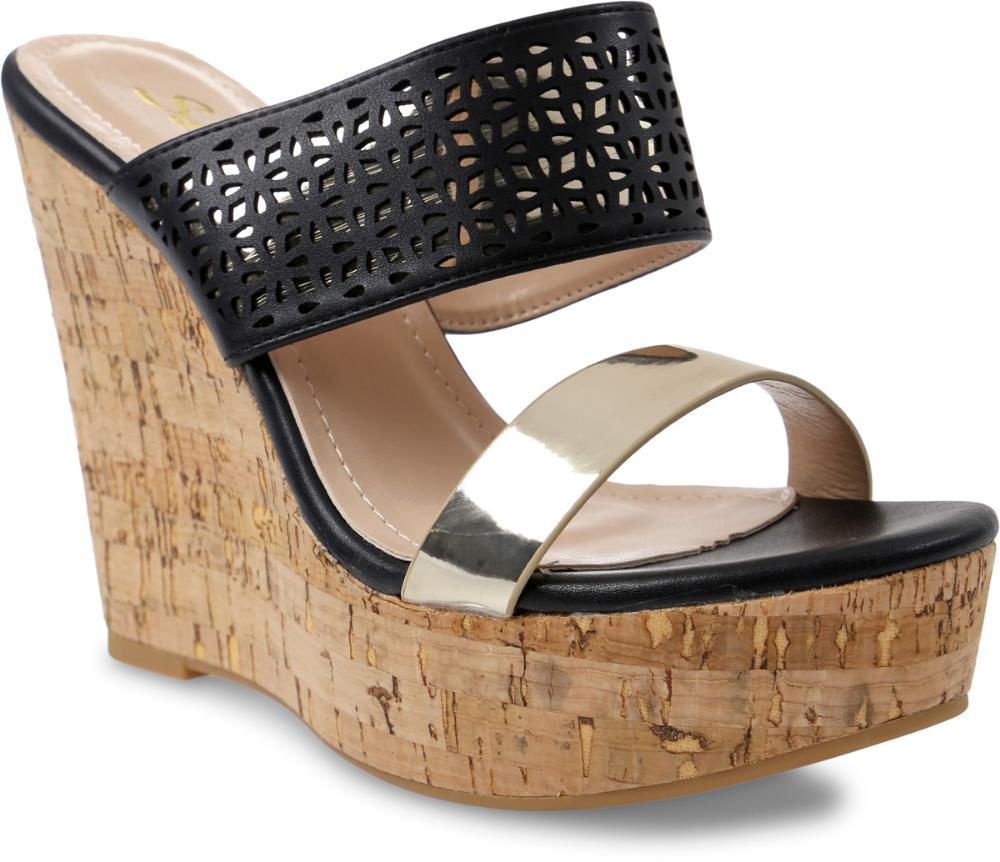
6. MULI - these are shoes without a backdrop. Distinctive features: always open heel, without fastening and membranes. Top material - genuine leather, textiles, suede, plastic, artificial materials. The origin of the name is from the Italian word mulleus, which in translation means “thinker”. In ancient Rome, shoes, vaguely reminiscent of the modern model of mule, were worn by pundits, for whom it was considered a privilege. Today, as in ancient times, mules are sandals for both women and men.
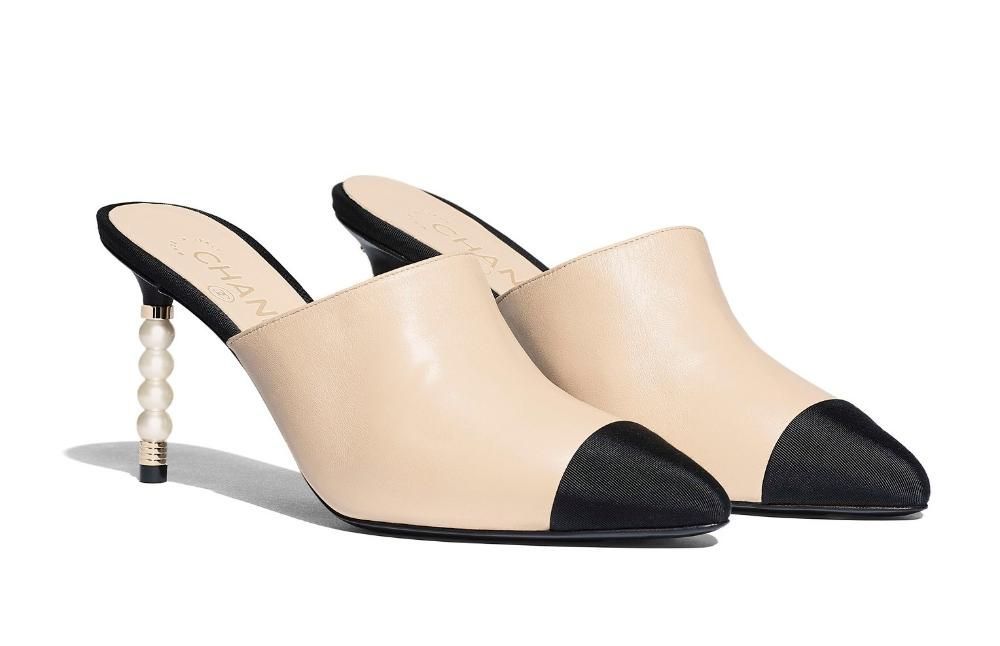
7. GRANDMONS (babouches) - soft shoes without a heel and without a heel or with a low stable heel, a kind of leather slippers. Distinctive features: a heel, which is not just absent in the design of the shoe, but, like a stopan, is laid inside; it is permissible to have a small leather side in the heel. Top material - genuine leather, textile, suede. The name comes from the French babouche and from the Persian babuche - shoes. The dual origin of the name is related to the history of the penetration of the model from Morocco to Europe. What are grandmothers, first learned by Moroccan women who used soft shoes without heels and without backs in everyday life. In such slippers, it was convenient to visit a mosque and quickly take off shoes during prayer. Moroccan shoes are easy to put on and take off, without having to bend over or unfasten the clasps. In the mid-sixteenth century, slippers from Morocco arrived in Europe as overseas souvenirs. However, French women really liked soft leather shoes with intricate patterns. European fashionistas adorned grandmothers with pearls and precious stones, embroidered with gold threads. As home shoes, grandmothers firmly established themselves in the wardrobe of all European women. In the XX century, grandmothers took to the streets and catwalks with hippies and fashion designers, and firmly entered the wardrobe of not only women, but also men.
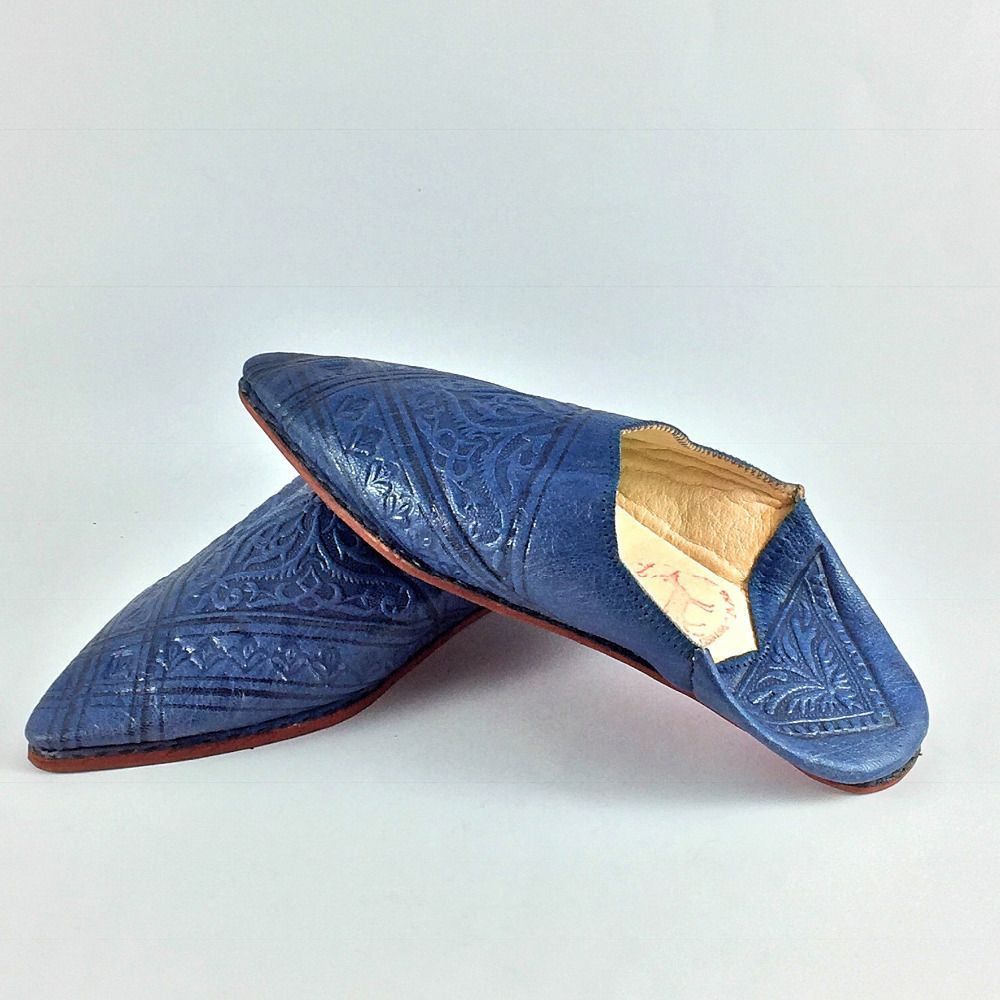
In this article, we looked at four groups of shoes and the main models (subgroups) included in them.
The characteristics of shoes are primarily signs related to each model in the group:
- gender and age characteristics: women's, men's, children's shoes and unisex shoes;
- functional characteristics: formal, sports, comfortable, casual or dressy shoes;
- seasonal characteristics: winter, spring, summer, autumn, all-season, demi-season shoes;
- life cycle length: basic models, fashion models or trendy models.
| Please rate the article |
Materials on the topic
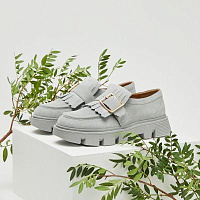
Specifics of shoe assortment management on marketplaces and growth points
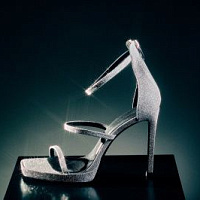
5 shoe models from Russian brands for New Year's Eve
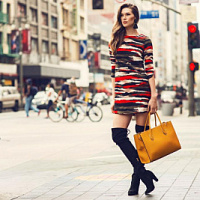
What to consider when expanding the assortment of a shoe store to include clothing
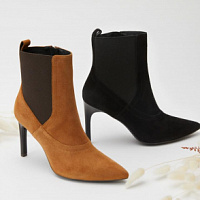
How to correctly apply category management when managing the assortment of shoes for the marketplace

Bertsy: what to look for when choosing a model
Popular
 Coach turned to Big Data analysis and won the interest of a young audience
American handbag brand Coach has planned the success of its Tabby model among a younger audience, Generation Z, by turning to big data analysis, abandoning traditional and analogue tools, such as human intuition or the ability of any executive to sense “which way the wind will blow,” writes B.O.F.
Coach turned to Big Data analysis and won the interest of a young audience
American handbag brand Coach has planned the success of its Tabby model among a younger audience, Generation Z, by turning to big data analysis, abandoning traditional and analogue tools, such as human intuition or the ability of any executive to sense “which way the wind will blow,” writes B.O.F.
 IDOL updates the concept
The IDOL brand, part of the Melon Fashion Group portfolio, opened the first flagship in an updated concept in the Aviapark shopping center in Moscow.
IDOL updates the concept
The IDOL brand, part of the Melon Fashion Group portfolio, opened the first flagship in an updated concept in the Aviapark shopping center in Moscow.
 Seven “sins” of the shoe business. How do owners harm the company with their own hands?
Why is Company X able to create a strong, profitable brand, but Company Y is struggling to make ends meet? Many people prefer to attribute success to luck, luck, or the support of strong patrons. And few people ask themselves the question: “What am I doing wrong?” Moreover, many entrepreneurs begin to harm their business from the first day of its opening. In this article, together with SR expert in the field of fashion business management and development, Maria Gerasimenko, we will look at the 7 main “sins” that business owners commit using specific examples.
Seven “sins” of the shoe business. How do owners harm the company with their own hands?
Why is Company X able to create a strong, profitable brand, but Company Y is struggling to make ends meet? Many people prefer to attribute success to luck, luck, or the support of strong patrons. And few people ask themselves the question: “What am I doing wrong?” Moreover, many entrepreneurs begin to harm their business from the first day of its opening. In this article, together with SR expert in the field of fashion business management and development, Maria Gerasimenko, we will look at the 7 main “sins” that business owners commit using specific examples.
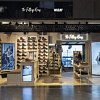 Current techniques in lighting a shoe store
Today, walking through the galleries of shopping centers, we see a variety of formats of offline stores. New concepts of retail spaces attract with an individual, memorable design. In a certain sense, they are an element of the show, a tool through which the buyer receives a new and interesting experience. Together with SR expert in the field of lighting technology in retail, Tatyana Ryzhova, we will look at current lighting design techniques for modern shoe stores, which we will see more and more often in new retail outlets in the near future.
Current techniques in lighting a shoe store
Today, walking through the galleries of shopping centers, we see a variety of formats of offline stores. New concepts of retail spaces attract with an individual, memorable design. In a certain sense, they are an element of the show, a tool through which the buyer receives a new and interesting experience. Together with SR expert in the field of lighting technology in retail, Tatyana Ryzhova, we will look at current lighting design techniques for modern shoe stores, which we will see more and more often in new retail outlets in the near future.
 Louis Vuitton opens a new factory in Italy
Louis Vuitton has opened its second shoe factory in Italy. After opening the first one in Fiesso d'Artico in Veneto, the LVMH flagship brand has just opened a new production site dedicated to this category of footwear in the industrial zone of Civitano in the Marche region. There is also another brand production facility in Tuscany, where bags and leather accessories are produced, writes fr.fashionnetwork.com.
Louis Vuitton opens a new factory in Italy
Louis Vuitton has opened its second shoe factory in Italy. After opening the first one in Fiesso d'Artico in Veneto, the LVMH flagship brand has just opened a new production site dedicated to this category of footwear in the industrial zone of Civitano in the Marche region. There is also another brand production facility in Tuscany, where bags and leather accessories are produced, writes fr.fashionnetwork.com.
 The Euro Shoes@CAF exhibition will be held in Almaty
From March 11 to 13, the Euro Shoes@CAF (Central Asia Fashion) exhibition will be held in Almaty at the Atakent exhibition complex. The exhibition, which is the largest international event in the fashion industry in Central Asia, will present collections of clothing, shoes and accessories.
The Euro Shoes@CAF exhibition will be held in Almaty
From March 11 to 13, the Euro Shoes@CAF (Central Asia Fashion) exhibition will be held in Almaty at the Atakent exhibition complex. The exhibition, which is the largest international event in the fashion industry in Central Asia, will present collections of clothing, shoes and accessories.
 Euro Shoes will start operating on February 19 in Moscow!
The winter session of the international exhibition of footwear and accessories Euro Shoes premiere collection will be held in Moscow at the Expocenter from February 19 to 22. The organizers promise the presence of all the main participants at the exhibition, as well as new names from Europe, Asia and Russia.
Euro Shoes will start operating on February 19 in Moscow!
The winter session of the international exhibition of footwear and accessories Euro Shoes premiere collection will be held in Moscow at the Expocenter from February 19 to 22. The organizers promise the presence of all the main participants at the exhibition, as well as new names from Europe, Asia and Russia.
 American buyers couldn't buy Birkin bags and sued Hermès
French fashion house Hermès is facing a lawsuit in California from two customers who were unable to purchase exclusive Birkin bags. The fashion house is accused of unfair commercial practices.
American buyers couldn't buy Birkin bags and sued Hermès
French fashion house Hermès is facing a lawsuit in California from two customers who were unable to purchase exclusive Birkin bags. The fashion house is accused of unfair commercial practices.
 Why Rendez-Vous and Yandex Lavka released a “bread bag”
Shoe retailer Rendez-Vous announced the launch of a spring collaboration with Yandex Lavka and released a roll that resembles the shape of a woman’s handbag. This “Bread Bag” is presented in the Yandex.Lavka application at a price of 249 rubles. On the product packaging there is a promotional code for 1000 rubles, which can be spent in the Rendez-Vous network.
Why Rendez-Vous and Yandex Lavka released a “bread bag”
Shoe retailer Rendez-Vous announced the launch of a spring collaboration with Yandex Lavka and released a roll that resembles the shape of a woman’s handbag. This “Bread Bag” is presented in the Yandex.Lavka application at a price of 249 rubles. On the product packaging there is a promotional code for 1000 rubles, which can be spent in the Rendez-Vous network.
 Camper has released innovative sneakers - designers
Spanish brand Camper's new Roku sneaker features six interchangeable components to create up to 64 different looks and color combinations. Roku means "six" in Japanese.
Camper has released innovative sneakers - designers
Spanish brand Camper's new Roku sneaker features six interchangeable components to create up to 64 different looks and color combinations. Roku means "six" in Japanese.
 Turkish brand Vaneda on Euro Shoes
Street style, sport, outdoor, military – the main style directions of footwear of the company from Turkey
Turkish brand Vaneda on Euro Shoes
Street style, sport, outdoor, military – the main style directions of footwear of the company from Turkey
 Christian Louboutin presented a collection in a cowboy style
At the Loubi Show in Paris, the French luxury brand Christian Louboutin presented its fall 2024 collection, following the trend - in the style of the Wild West. It included cowboy boots and rhinestone loafers.
Christian Louboutin presented a collection in a cowboy style
At the Loubi Show in Paris, the French luxury brand Christian Louboutin presented its fall 2024 collection, following the trend - in the style of the Wild West. It included cowboy boots and rhinestone loafers.
 Fashion Week takes place in Moscow
Fashion Week takes place in the Russian capital. Events include fashion shows, markets where you can purchase clothes, bags and accessories, and a B2B Showroom for fashion industry professionals.
Fashion Week takes place in Moscow
Fashion Week takes place in the Russian capital. Events include fashion shows, markets where you can purchase clothes, bags and accessories, and a B2B Showroom for fashion industry professionals.
 We are ready for active development in the Russian market
Friedrich Naumann, CEO of the Tamaris brand, told Shoes Report about the company’s ambitious plans, business development in Russia and expansion of the retail network, and also shared details about new collections and launches.
We are ready for active development in the Russian market
Friedrich Naumann, CEO of the Tamaris brand, told Shoes Report about the company’s ambitious plans, business development in Russia and expansion of the retail network, and also shared details about new collections and launches.
 Fashion trends Fall-Winter 2023/24 for commercial footwear purchases
Permanent contributor to Shoes Report. Elena Vinogradova, an expert in sales and purchases in the fashion business, prepared an overview of the trends for the autumn-winter 2023/24 season especially for us.
Fashion trends Fall-Winter 2023/24 for commercial footwear purchases
Permanent contributor to Shoes Report. Elena Vinogradova, an expert in sales and purchases in the fashion business, prepared an overview of the trends for the autumn-winter 2023/24 season especially for us.
 MSCHF and Crocs launch "Big Yellow Boots"
Creator of the Big Red Boots, Brooklyn brand MSCHF has teamed up with American plastic clog and sandal brand Crocs for another oversized shoe. The new Big Yellow Boots will go on sale on August 9th.
MSCHF and Crocs launch "Big Yellow Boots"
Creator of the Big Red Boots, Brooklyn brand MSCHF has teamed up with American plastic clog and sandal brand Crocs for another oversized shoe. The new Big Yellow Boots will go on sale on August 9th.
 Five rules of professional lighting for a shoe store - something that is relevant in any season
When developing a lighting concept for shoe retailers, it is important to take into account not only the history of the brand, the architectural content of the premises, the target audience of the stores, but also the seasonality of the goods. With the onset of the cold season, client preferences change: bright weightless shoes are replaced by more massive models in discreet dark colors. Despite significant differences in summer and winter collections, the overall philosophy of the brand, its recognition should remain unchanged at any time of the year. Tatyana Ryzhova, an SR lighting expert in fashion retail, has identified five basic rules for a competent lighting concept for a shoe store for readers of the magazine, which will help to present winter assortment to customers in a winning way.
Five rules of professional lighting for a shoe store - something that is relevant in any season
When developing a lighting concept for shoe retailers, it is important to take into account not only the history of the brand, the architectural content of the premises, the target audience of the stores, but also the seasonality of the goods. With the onset of the cold season, client preferences change: bright weightless shoes are replaced by more massive models in discreet dark colors. Despite significant differences in summer and winter collections, the overall philosophy of the brand, its recognition should remain unchanged at any time of the year. Tatyana Ryzhova, an SR lighting expert in fashion retail, has identified five basic rules for a competent lighting concept for a shoe store for readers of the magazine, which will help to present winter assortment to customers in a winning way.
 I doubt and object: how to find an approach to difficult clients?
How good and serene would be the work of a salesperson if the customers were calm, cheerful, always knew exactly what they wanted, and bought, bought, bought! It is a pity that this is possible only in dreams. Therefore, we will not dream, but we will act. Together with Maria Gerasimenko, a permanent author of SR, we understand the doubts and objections of buyers and build a strategy for working with them. Our expert pays special attention to the two main objections of buyers, on which 82% of sales are lost.
I doubt and object: how to find an approach to difficult clients?
How good and serene would be the work of a salesperson if the customers were calm, cheerful, always knew exactly what they wanted, and bought, bought, bought! It is a pity that this is possible only in dreams. Therefore, we will not dream, but we will act. Together with Maria Gerasimenko, a permanent author of SR, we understand the doubts and objections of buyers and build a strategy for working with them. Our expert pays special attention to the two main objections of buyers, on which 82% of sales are lost.
 EURO SHOES presents an updated section of the GLOBAL SHOES exhibition with collections of shoe and bag brands from Asian countries
EURO SHOES premiere collection is expanding. Along with the traditional pool of leading European footwear brands from Germany, Spain, Italy and Turkey, several dozen footwear and bag brands from the Middle Kingdom will be presented in the GLOBAL SHOES section at the Moscow Expocentre from August 29 to September 1.
EURO SHOES presents an updated section of the GLOBAL SHOES exhibition with collections of shoe and bag brands from Asian countries
EURO SHOES premiere collection is expanding. Along with the traditional pool of leading European footwear brands from Germany, Spain, Italy and Turkey, several dozen footwear and bag brands from the Middle Kingdom will be presented in the GLOBAL SHOES section at the Moscow Expocentre from August 29 to September 1.
 World Footwear Yearbook: Global footwear production reaches 23,9 billion pairs and is back to pre-pandemic levels
The Portuguese association of shoe manufacturers APICCAPS published the 13th edition of the international statistical bulletin World Footwear Yearbook for 2023, according to which in 2022 the production and export of shoes worldwide increased by 7,6% and 9%, respectively, and the world production of shoes reached 23,9 billion couples and returned to pre-pandemic levels.
World Footwear Yearbook: Global footwear production reaches 23,9 billion pairs and is back to pre-pandemic levels
The Portuguese association of shoe manufacturers APICCAPS published the 13th edition of the international statistical bulletin World Footwear Yearbook for 2023, according to which in 2022 the production and export of shoes worldwide increased by 7,6% and 9%, respectively, and the world production of shoes reached 23,9 billion couples and returned to pre-pandemic levels.
 Rostov footwear brand Novak presented a collection of sneakers and sneakers
In the spring-summer 2023 season, the Rostov-on-Don shoe brand Novak presented a cute collection of sneakers and sneakers for every day. The upper of the shoe is made of genuine leather, suede, nubuck, the sole is made of light EVA.
Rostov footwear brand Novak presented a collection of sneakers and sneakers
In the spring-summer 2023 season, the Rostov-on-Don shoe brand Novak presented a cute collection of sneakers and sneakers for every day. The upper of the shoe is made of genuine leather, suede, nubuck, the sole is made of light EVA.
 Jacquemus x Nike collaboration released
The second collaboration between Jacquemus and Nike, which has been talked about so much, is finally out. The appearance of the couple for many was a surprise. The model of Nike Air Force 1 sneakers, which was taken as the basis of the new collection, has undergone significant changes.
Jacquemus x Nike collaboration released
The second collaboration between Jacquemus and Nike, which has been talked about so much, is finally out. The appearance of the couple for many was a surprise. The model of Nike Air Force 1 sneakers, which was taken as the basis of the new collection, has undergone significant changes.
 Crocs releases a collaboration with Barbie
If Barbie ditched heels and wore crocs, they would be pink. It was this collection in pink that was released by the American brand of plastic clogs Crocs, for the release of the film "Barbie" in the United States.
Crocs releases a collaboration with Barbie
If Barbie ditched heels and wore crocs, they would be pink. It was this collection in pink that was released by the American brand of plastic clogs Crocs, for the release of the film "Barbie" in the United States.
 Japanese BAPE takes to the catwalk MSCHF Big Red Boots
The story of Brooklyn brand MSCHF's oversized rubber boots continues. The last time they made noise in the auditorium was at the Rick Owens menswear show. Now they have already appeared on the podium.
Japanese BAPE takes to the catwalk MSCHF Big Red Boots
The story of Brooklyn brand MSCHF's oversized rubber boots continues. The last time they made noise in the auditorium was at the Rick Owens menswear show. Now they have already appeared on the podium.
 Shoe educational program: what shoe soles are made of
“What is the difference between TEP and EVA? What does tunit promise me? Is PVC glue? What is the sole of these shoes made of? ”- the modern buyer wants to know everything. In order not to smash his face in front of him and be able to explain whether such a sole suits him in soles, carefully read this article. In it, process engineer Igor Okorokov tells what materials the soles of shoes are made of and what makes each of them so good.
Shoe educational program: what shoe soles are made of
“What is the difference between TEP and EVA? What does tunit promise me? Is PVC glue? What is the sole of these shoes made of? ”- the modern buyer wants to know everything. In order not to smash his face in front of him and be able to explain whether such a sole suits him in soles, carefully read this article. In it, process engineer Igor Okorokov tells what materials the soles of shoes are made of and what makes each of them so good.
 How to set prices that will earn
Some businessmen still confuse the concept of margin with the concept of trade margins and set prices for their goods, guided solely by the example of competitors. No wonder they go broke! Analyst at the Academy of Retail Technologies Maxim Gorshkov gives several tips and formulas with which you can set not only ruinous, but also profitable prices.
How to set prices that will earn
Some businessmen still confuse the concept of margin with the concept of trade margins and set prices for their goods, guided solely by the example of competitors. No wonder they go broke! Analyst at the Academy of Retail Technologies Maxim Gorshkov gives several tips and formulas with which you can set not only ruinous, but also profitable prices.
 Sales of shoes and accessories: effective techniques for business rhetoric
Which speech modules are effective in communicating with potential and current customers of shoe stores, and which are not, Anna Bocharova, a business consultant, knows.
Sales of shoes and accessories: effective techniques for business rhetoric
Which speech modules are effective in communicating with potential and current customers of shoe stores, and which are not, Anna Bocharova, a business consultant, knows.
 We form the salary of sellers: expert advice
“How do you charge your consultants for personal or general sales?” Is one of the most popular questions causing a lot of controversy and gossip on the online forums of retail business owners. Indeed, how to properly form the earnings of sellers? But what about bonuses, where to get a sales plan from, do employees allow them to buy goods at discounted stores? In search of truth, the Shoes Report turned to a dozen shoe retailers, but no company wanted to disclose its motivation system - the process of its development was too complicated and individual. Then we asked four business consultants, and finally became convinced that the topic of seller motivation is very complex, because even our experts could not come to a common opinion.
We form the salary of sellers: expert advice
“How do you charge your consultants for personal or general sales?” Is one of the most popular questions causing a lot of controversy and gossip on the online forums of retail business owners. Indeed, how to properly form the earnings of sellers? But what about bonuses, where to get a sales plan from, do employees allow them to buy goods at discounted stores? In search of truth, the Shoes Report turned to a dozen shoe retailers, but no company wanted to disclose its motivation system - the process of its development was too complicated and individual. Then we asked four business consultants, and finally became convinced that the topic of seller motivation is very complex, because even our experts could not come to a common opinion.
 Technology Selling Issues
There is nothing worse than meeting the buyer with the words “Hello, can I help you with something?”, Because the seller works in the store just to help. Criticizing this well-established pattern of communication with the buyer, Andrei Chirkarev, business coach for effective sales and the founder of the New Economy project, shares the technology of truly selling issues with readers of Shoes Report.
Technology Selling Issues
There is nothing worse than meeting the buyer with the words “Hello, can I help you with something?”, Because the seller works in the store just to help. Criticizing this well-established pattern of communication with the buyer, Andrei Chirkarev, business coach for effective sales and the founder of the New Economy project, shares the technology of truly selling issues with readers of Shoes Report.
 The whole truth about Bayer. Who is he and how to become one?
Bayer is no longer a new, but still a popular and sought-after profession. It’s fashionable to be a buyer. Buyers are at the origins of the emergence and development of trends. If the designer offers his vision of fashion in the season, then the buyer selects the most interesting commercial ideas. It is on buyers that the policy of sales of stores and what, in the end, the buyer will wear depends on. This profession is surrounded by a magical fleur, often associated with a lack of understanding of what exactly is the work of a buyer.
The whole truth about Bayer. Who is he and how to become one?
Bayer is no longer a new, but still a popular and sought-after profession. It’s fashionable to be a buyer. Buyers are at the origins of the emergence and development of trends. If the designer offers his vision of fashion in the season, then the buyer selects the most interesting commercial ideas. It is on buyers that the policy of sales of stores and what, in the end, the buyer will wear depends on. This profession is surrounded by a magical fleur, often associated with a lack of understanding of what exactly is the work of a buyer.
 Fur, and not only: types of lining
In the production of winter footwear, various materials are used that are designed to retain heat and meet the requirements of consumers: natural sheepleather, artificial fur, artificial fur from natural wool and others. All types of lining fur have their own advantages and disadvantages. Let's consider the properties of each of them.
Fur, and not only: types of lining
In the production of winter footwear, various materials are used that are designed to retain heat and meet the requirements of consumers: natural sheepleather, artificial fur, artificial fur from natural wool and others. All types of lining fur have their own advantages and disadvantages. Let's consider the properties of each of them.
 Retail Arithmetic
Before you begin to solve specific problems, you need to find out how accurately all the leaders of your company understand the basic terminology of retail.
Retail Arithmetic
Before you begin to solve specific problems, you need to find out how accurately all the leaders of your company understand the basic terminology of retail.
 How to fire a worker without tears, scandal and trial
Sooner or later, any manager is faced with the need to part with an employee. Properly and on time the dismissal procedure will save the company money, and the boss himself - nerves and time. But why sometimes, knowing that a break in relations is inevitable, we put off the decision for months?
How to fire a worker without tears, scandal and trial
Sooner or later, any manager is faced with the need to part with an employee. Properly and on time the dismissal procedure will save the company money, and the boss himself - nerves and time. But why sometimes, knowing that a break in relations is inevitable, we put off the decision for months?






